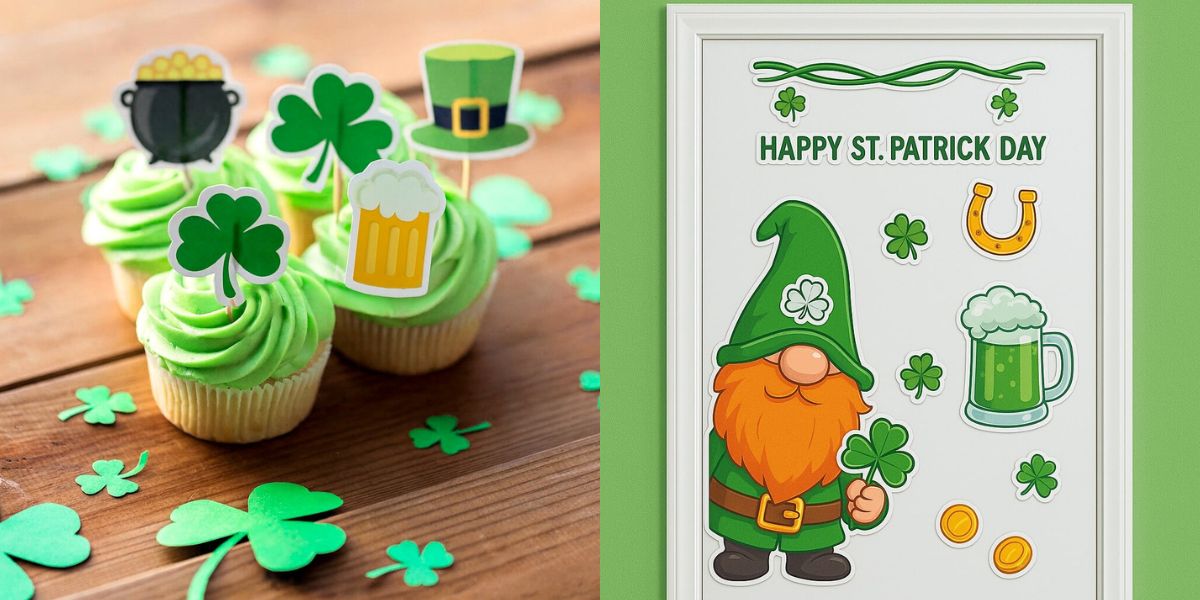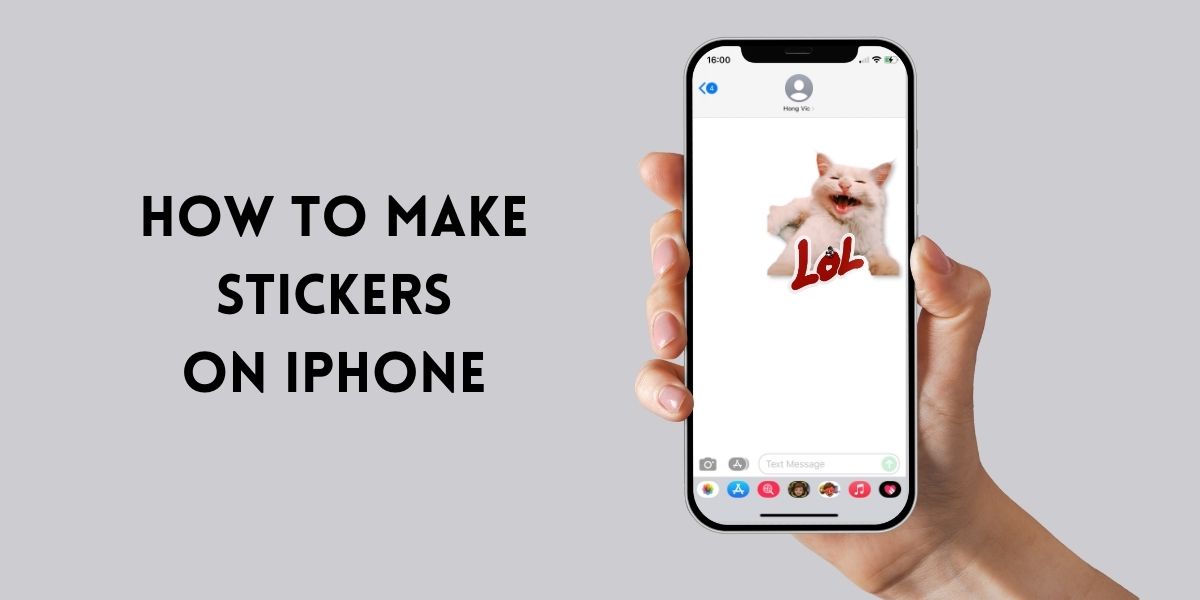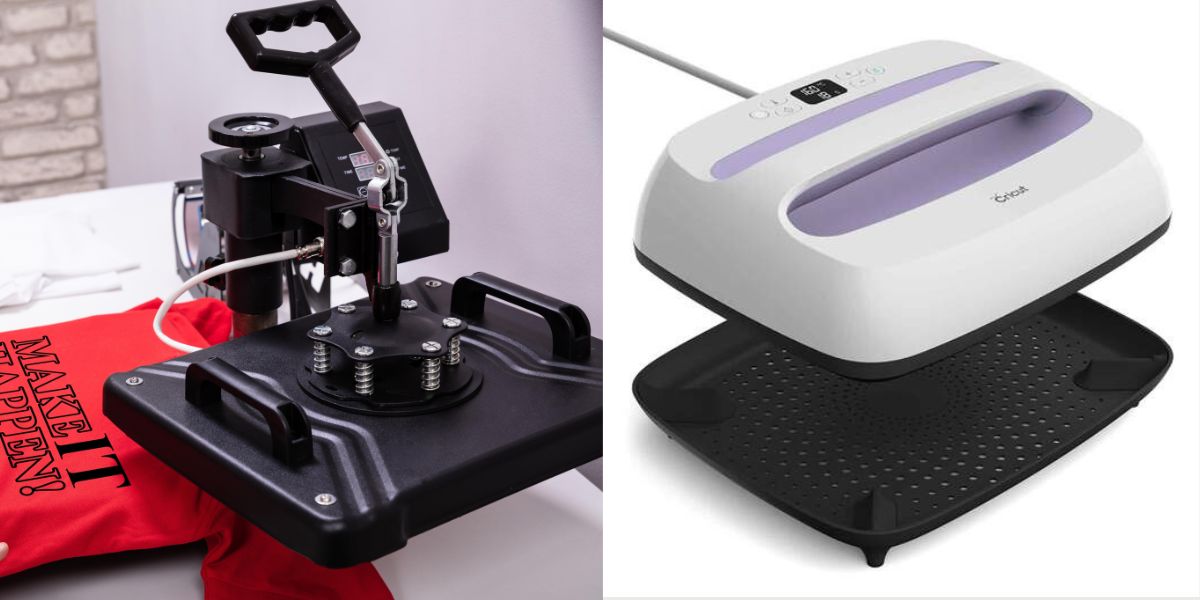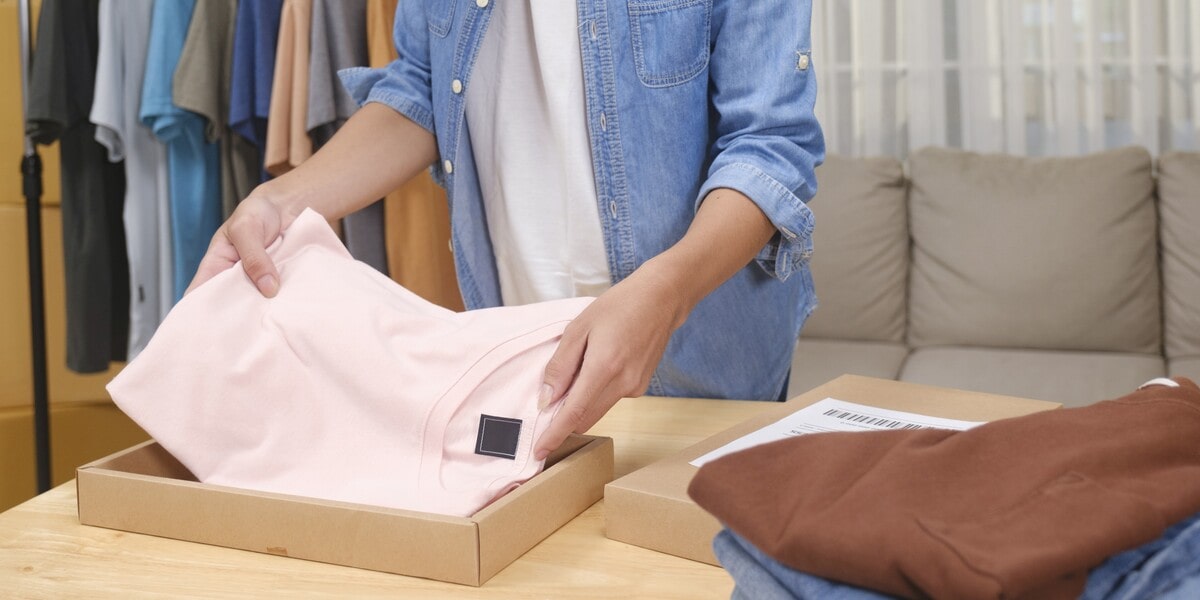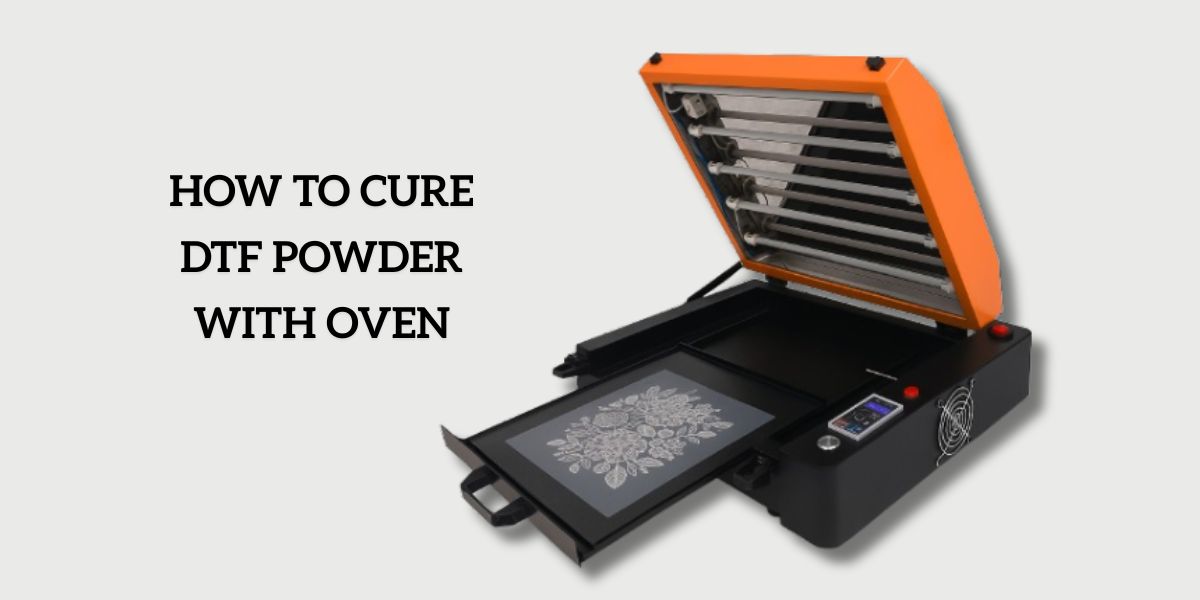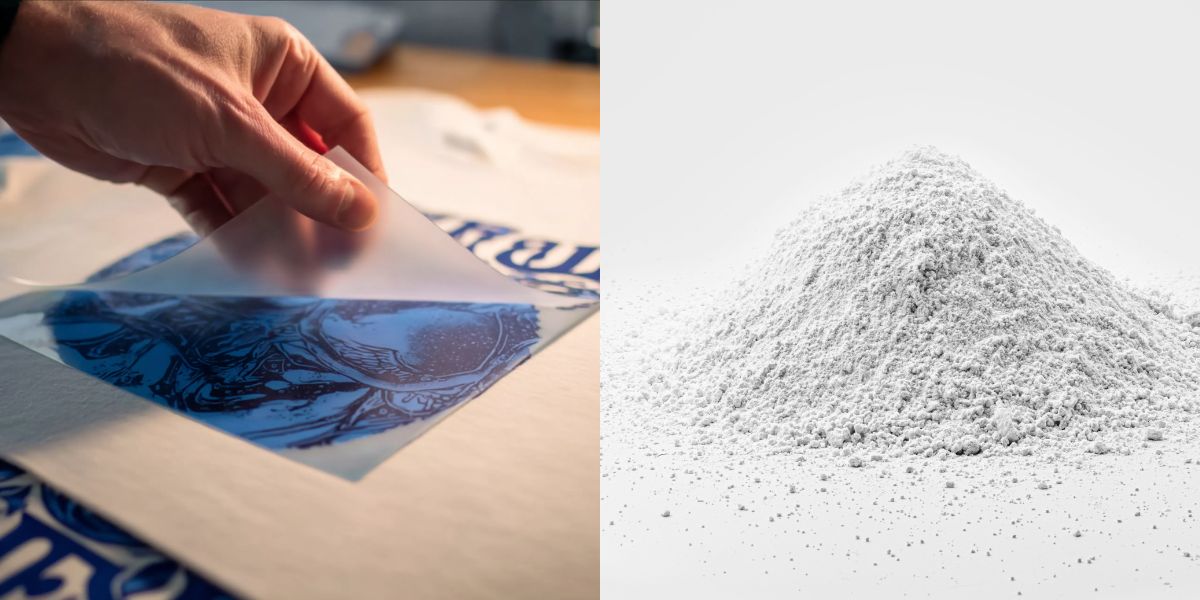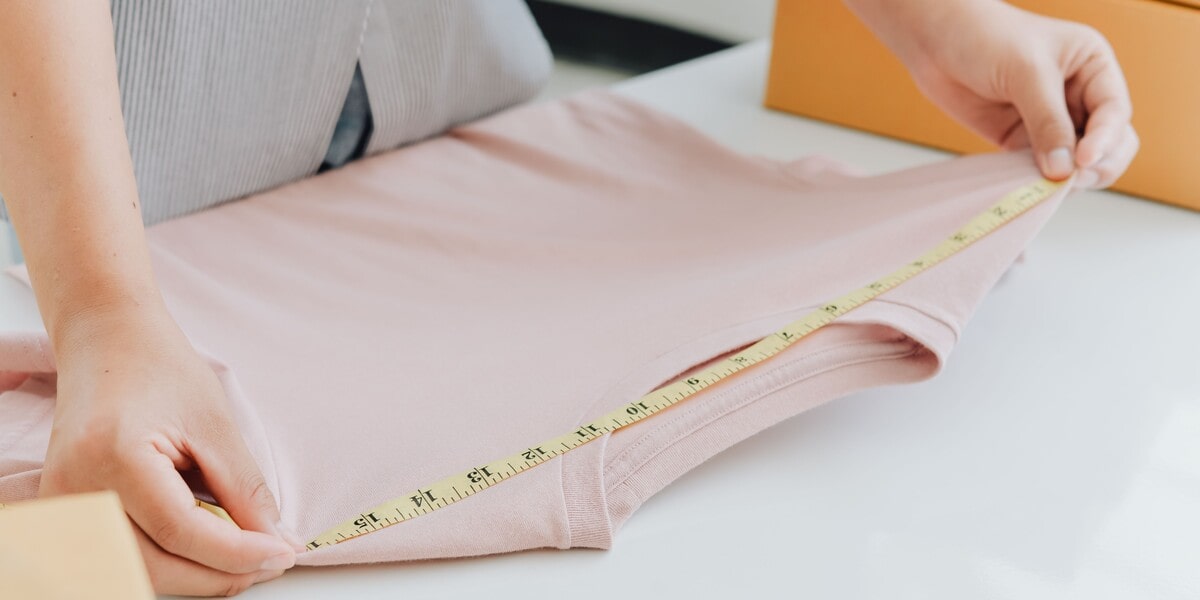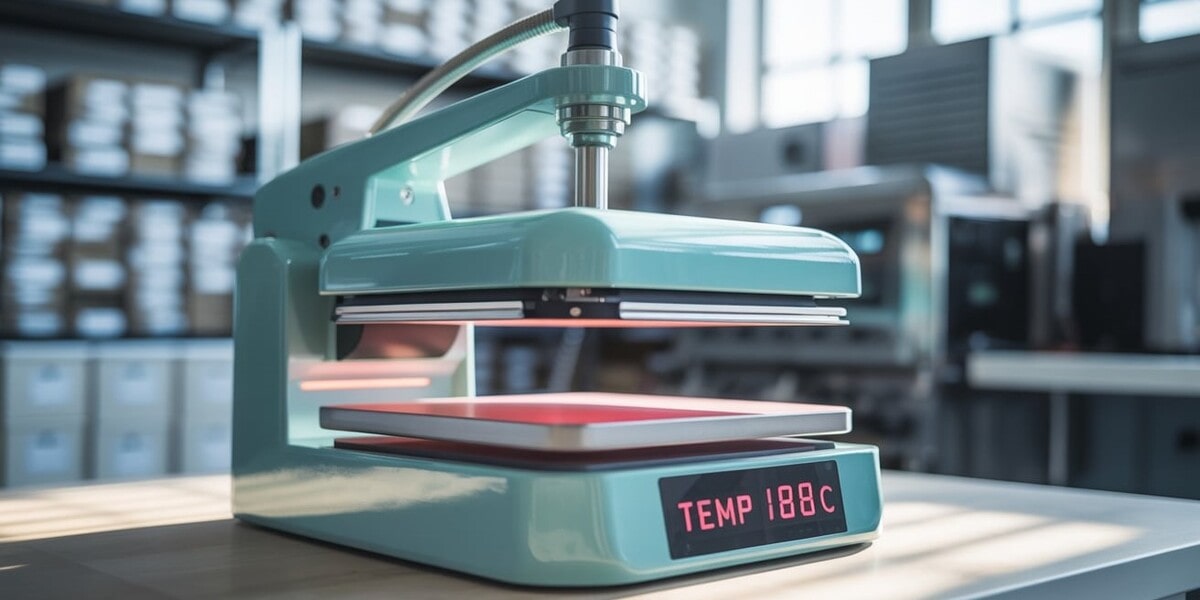
Blog
What are 3D UV Transfer Labels and their superiors?
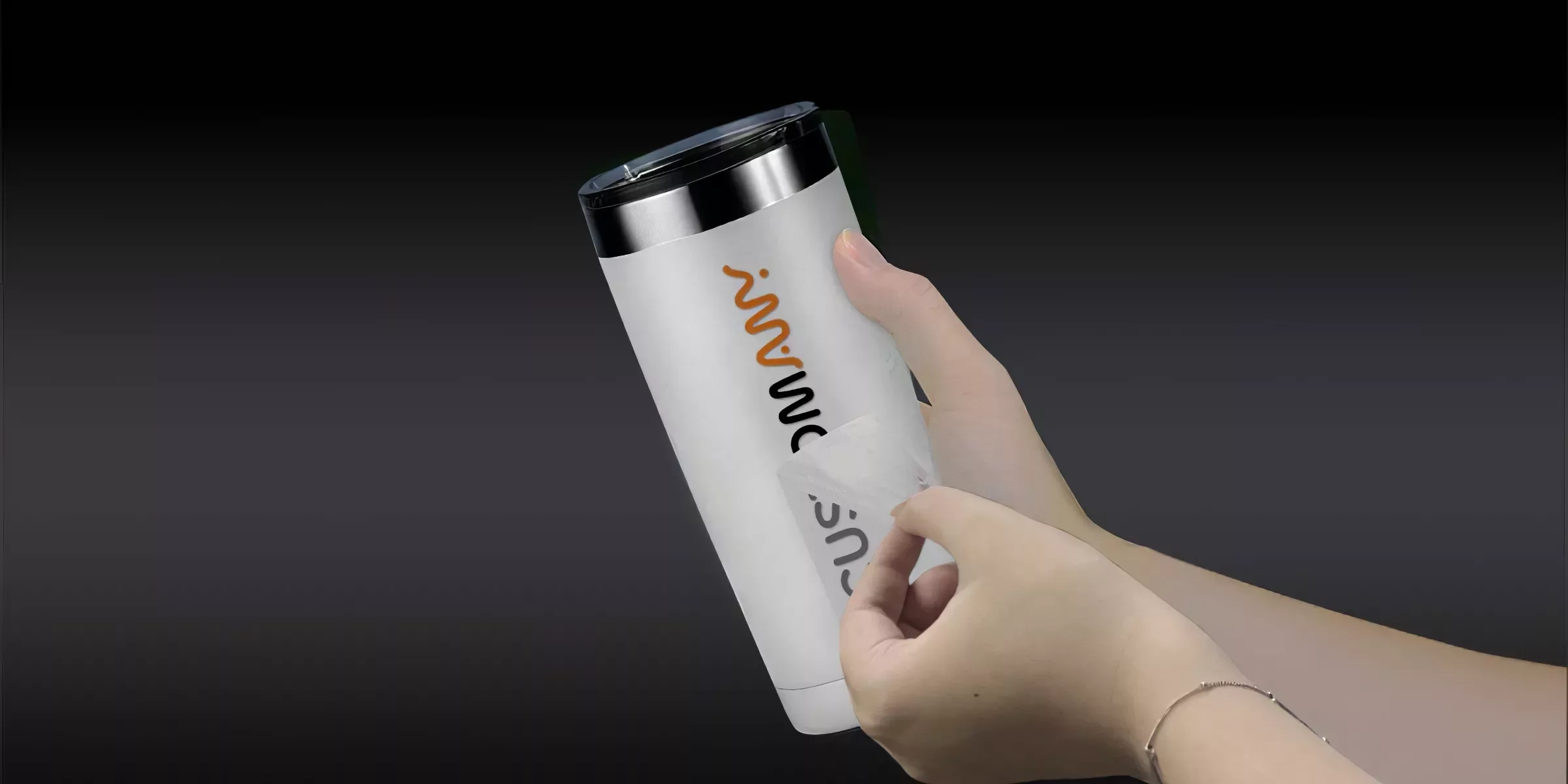
In today’s competitive market, product labeling plays a critical role in attracting and retaining customers. Speaking of stickers and labels, there is a type of labeling that has gained popularity in recent years: 3D UV transfer labels. These labels offer a unique, high-end look that can help products stand out on store shelves. In this article, we will explore what are 3D UV transfer labels, how they are made and the advantages that make them superior to the ordinary ones.
What Are 3D UV Transfer Labels?
UV transfer labels, also called UV DTF transfer sticker labels, UV 3D transfer labels, or cold clear transfer labels, somehow are a ‘high-end’ type of labels which have no background or label edge. They are a kind of silk screening stickers with their special printing effect. They are commonly used on products such as cosmetics, electronics, and consumer goods.
What are 3D UV transfer labels and what makes them popular in the market? UV transfer labels are known for their durability and resistance to fading, as the UV ink used in the printing process is resistant to sunlight and other environmental factors. The labels can also be created in a range of colors and designs, making them a popular choice for branding and product identification.
Overall, 3D labels are a high-quality and durable labeling solution that can add value to a product and enhance its aesthetic appeal.
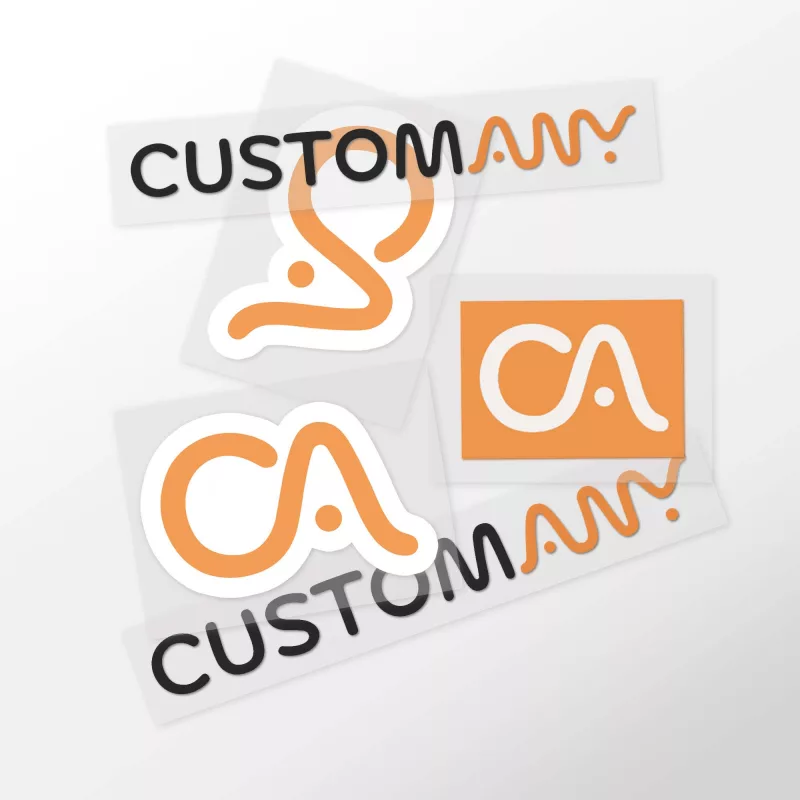
How are UV transfer labels made?
Just like ordinary transfer stickers and labels, 3D labels have 3 layers, the bottom layer is the backing, the middle is the UV self-adhesive label itself, and the top layer is the transfer layer, which helps you to exactly adhere the UV sticker label to the desired place.
However, instead of vinyl material, the UV transfer label is printed onto a special material PET film. The printing method used is known as 3D printing, which involves building up layers of material to create a three-dimensional object. 3D labels are made using a combination of printing and transfer processes.
Here are the general steps involved in creating 3D UV labels:
1. Design creation
The label design is first created using graphic design software, such as Adobe Illustrator or Photoshop. The design can include text, graphics, and any other visual elements desired.
2. Printing
The label design is then printed onto a transparent film or sheet using an inkjet UV label printer and the UV digital printing techniques. The ink used in the printing process is UV-curable, which means that it will harden and cure when exposed to UV light.
3. Transfer
The printed film or sheet is then carefully placed onto the product surface, and a 3D transfer machine is used to transfer the ink from the film or sheet onto the product surface. This process involves applying UV light and pressure to the label, causing the ink to transfer onto the product surface and create a raised, three-dimensional effect.
4. Curing
Once the label is transferred onto the product surface, it is cured using UV light. The UV light hardens and cures the ink, creating a durable and long-lasting label that is resistant to fading and wear and tear.
5. Finishing
Once the label is cured, any excess film or sheet material is trimmed away, and any final touch-ups or adjustments are made to ensure a high-quality label.
The process of creating 3D labels involves a combination of printing, transfer, and curing processes, resulting in a high-quality and durable label that can enhance the aesthetic appeal of a product.
What makes 3D UV Transfer Labels superior to ordinary labels?
3D UV transfer labels are now the superior in the transfer stickers and labels field since they come in with five advantages as follow:
1. Durability
3D UV transfer labels are highly resistant to fading, scratching, and wear and tear, making them ideal for products that will be exposed to harsh environments or frequent handling.
2. Aesthetic Appeal
These labels create a visually striking and three-dimensional effect that can make a product stand out on the shelf and attract consumers’ attention.
3. Versatility
3D labels can be created in a wide range of colors, designs, and sizes, making them a versatile labeling solution that can be customized to suit different product needs.
4. Branding
The high-quality and visually appealing nature of 3D labels makes them an effective branding tool that can enhance a product’s perceived value and increase brand recognition.
5. Efficiency
The 3D UV transfer process is a quick and efficient way to create high-quality labels, allowing for fast turnaround times and streamlined production processes.
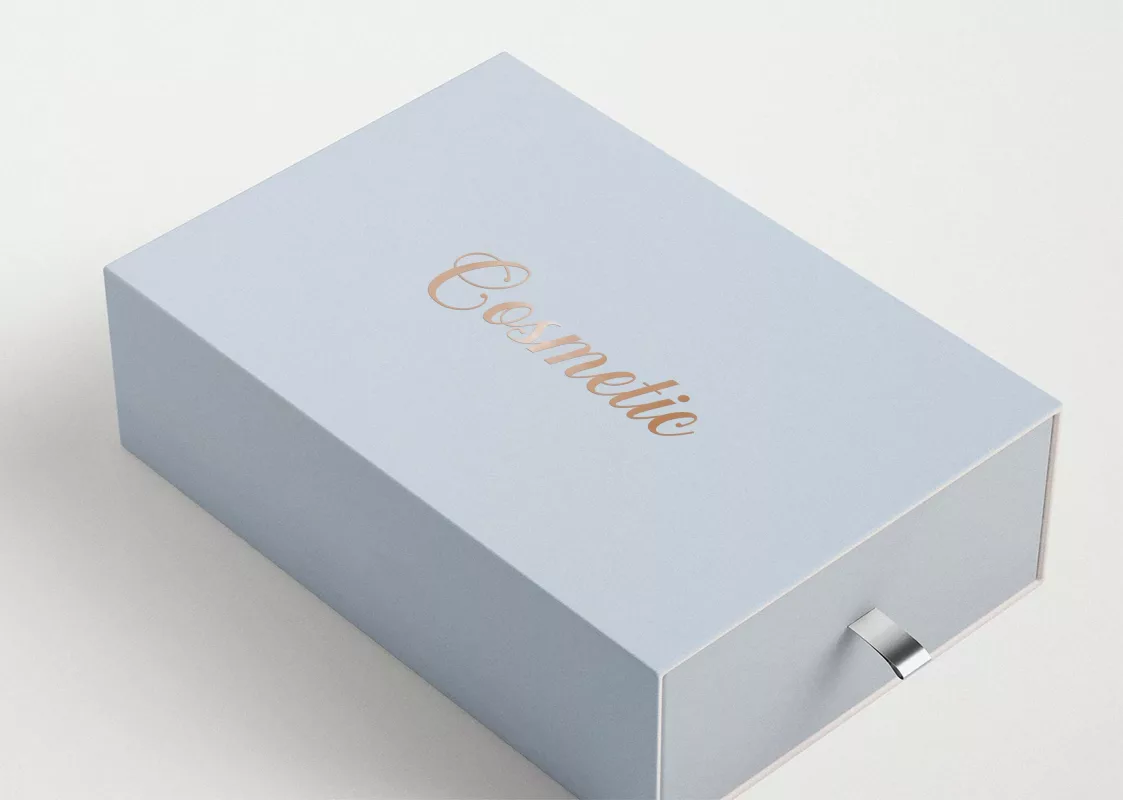
How to apply UV transfer labels
The application of 3D UV transfer labels can vary depending on the specific product and label design, but here are some general steps for applying 3D UV transfer labels:
Step 1: Clean and prepare the surface. Before applying the label, make sure the surface of the product is clean and free from any dirt or debris. This will ensure that the label adheres properly and looks its best.
Step 2: Position the label. Carefully position the label on the product surface, taking care to align it properly and ensure that it is centered and level. It may be helpful to use a template or guide to ensure accurate placement.
Step 3: Apply pressure. Once the label is in position, use a squeegee or similar tool to apply firm and even pressure to the label. This will help to ensure that the label adheres properly and any air bubbles are removed.
Step 4: Cure with UV light. The 3D UV transfer process requires the use of UV light to cure the label onto the product surface. Once the label is in position and pressure has been applied, expose it to UV light for the required amount of time, as specified by the label manufacturer.
Step 5: Remove any protective layer. Once the curing process is complete, remove any protective layer that may be covering the UV label, and inspect the label for any defects or imperfections. If necessary, touch up any areas that may need attention.
Following these steps can help ensure a successful and high-quality application of 3D labels. It is important to note that the application process can vary depending on the specific product and label design, so always refer to the manufacturer’s instructions for best results.
Common applications for 3D UV transfer labels
With big improvements in both appearance and quality, 3D UV transfer labels are used for various purposes. Here are a few examples of 3D labels applications:
1. Cosmetics
3D UV transfer labels are commonly used on cosmetic packaging, such as lip gloss tubes, mascara tubes, and cosmetic jars, for highlighting the product name or logo, and creating a high-end and visually appealing product presentation.
2. Electronics
The 3D labels can be found on a wide range of electronic products, including smartphones, tablets, laptops, and gaming consoles. They can be used to display the brand name, model number, or product features, and create a sleek and modern product design.
3. Food and beverage
3D UV transfer labels are used on food and beverage packaging, such as wine bottles, beer cans, and snack bags. Use them for the brand name, product name, or ingredients, and create an eye-catching and high-quality product presentation.

4. Automotive
3D UV transfer labels are used on automotive parts, such as dashboard panels, steering wheels, and door trims. They can create a visually striking and modern vehicle interior design.
5. Home goods
3D labels are used on a variety of home goods, including appliances, furniture, and decorative items. Displaying the brand name or logo with 3D labels can create a high-end and aesthetically pleasing product presentation.
Conclusion
In short, to say what are 3D UV transfer labels, we can tell that they are a unique, high-end labeling option that can provide a premium look and feel to a wide range of products. They offer advantages such as durability, water and oil resistance, and the ability to create a textured, three-dimensional effect. While they may be more expensive than ordinary labels, they can provide a higher level of visual appeal and durability, making them a worthwhile investment for products that demand a premium, eye-catching label.

